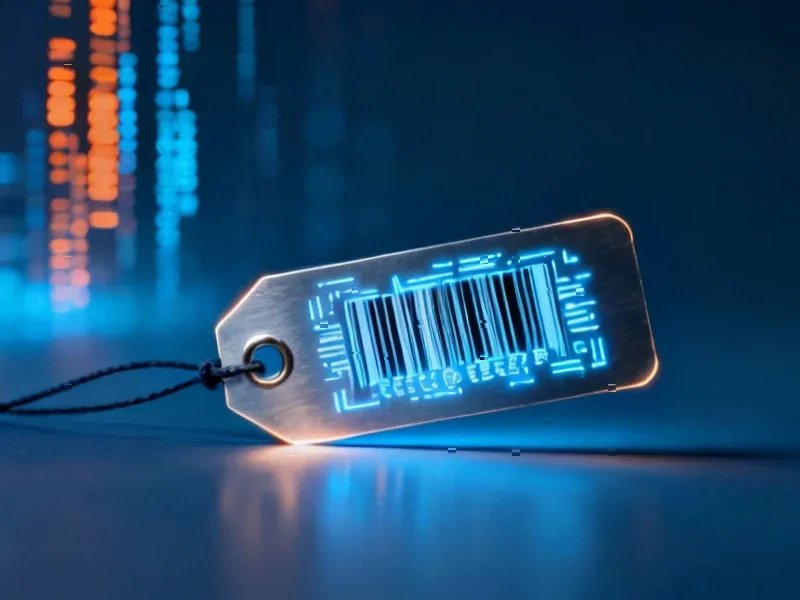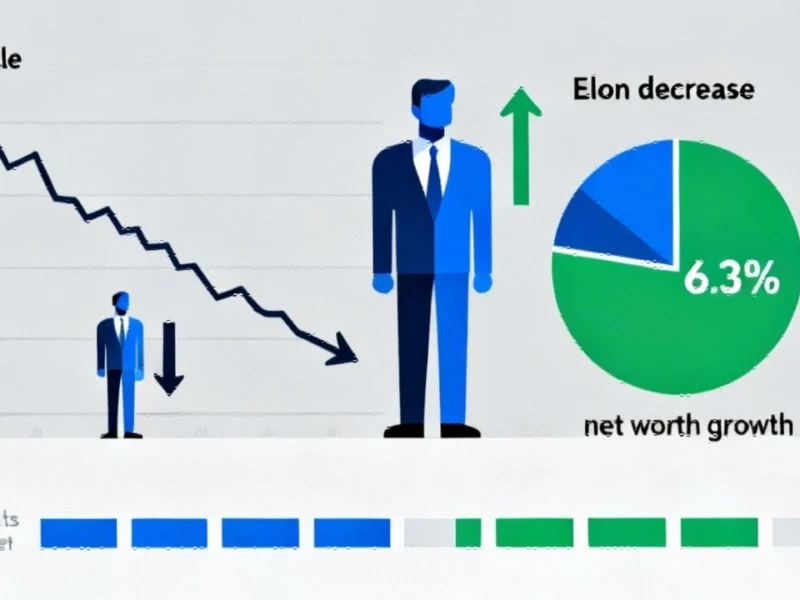According to TechRadar, European companies are facing record ransomware attacks with the region accounting for almost 22% of global ransomware victims, second only to North America. Since 2024 began, over 2,100 victims have appeared on extortion leak sites across the continent, making European firms twice as likely to be targeted than those in Asia Pacific. The CrowdStrike research identifies high income levels and strict GDPR regulations as key factors making these companies attractive targets, with manufacturing, professional services, and technology sectors most commonly hit. Attackers now average just 35.5 hours between initial access and ransomware deployment, creating immense pressure on security teams. This alarming trend reveals deeper structural vulnerabilities in Europe’s cybersecurity posture.
The Business Model Behind European Targeting
The ransomware ecosystem operates with sophisticated business logic, and Europe presents an exceptionally profitable market for cybercriminals. The fundamental calculation is simple: target organizations with both the ability and incentive to pay quickly. European companies typically have stronger balance sheets than counterparts in developing regions, making larger ransom demands feasible. More importantly, the GDPR compliance framework creates a multiplier effect – the potential fines for data breaches can exceed ransom demands by orders of magnitude, making payment the economically rational choice for many companies. This isn’t random criminal activity; it’s a calculated exploitation of regulatory frameworks designed to protect data.
GDPR: The Unintended Consequences
Europe’s data protection regulations have created a perverse incentive structure that attackers systematically exploit. While GDPR was designed to strengthen data security, in practice it has made companies more vulnerable to extortion. The regulation’s strict breach notification requirements and massive potential fines – up to 4% of global annual turnover – mean that the cost of public disclosure often exceeds the cost of paying ransom quietly. This creates what security professionals call the “silent payment” phenomenon, where companies settle with attackers to avoid regulatory scrutiny and reputational damage. The very framework intended to protect consumers has inadvertently created a thriving black market for their data.
The Geopolitical Weaponization of Cybercrime
Beyond pure criminal enterprise, Europe’s ransomware crisis reflects broader geopolitical tensions being fought in digital arenas. The conflict in Ukraine has spawned hacktivist groups targeting organizations based on political alignment, creating a hybrid threat landscape where criminal and state-sponsored activities blur. These groups aren’t just seeking financial gain – they’re conducting espionage, disrupting critical infrastructure, and advancing political agendas. The convergence of criminal innovation and geopolitical ambition creates a uniquely challenging environment where traditional cybersecurity models struggle to distinguish between profit-driven attacks and state-sponsored operations.
The Economics of Defense Failure
The stunning 35.5-hour average from breach to ransomware deployment highlights fundamental flaws in current security investments. Most organizations have built defensive perimeters that are too slow to respond to determined attackers. The security industry has focused heavily on prevention technologies while underinvesting in detection and response capabilities that could interrupt attacks in progress. This creates a market failure where companies spend billions on security products that don’t address the actual kill chain timeline. The ransomware business model succeeds precisely because it exploits the gap between traditional security spending and actual protection needs.
Strategic Implications for European Business
European companies must fundamentally rethink their security posture beyond compliance checkboxes. The current approach of meeting GDPR requirements while maintaining conventional security stacks has proven inadequate against modern ransomware operations. Organizations need to shift from prevention-focused models to resilience-based strategies that assume breaches will occur. This requires reallocating security budgets toward rapid detection, containment capabilities, and comprehensive backup systems that can restore operations without paying ransoms. The business case for these investments has never been clearer – the cost of proactive resilience is dramatically lower than the combined costs of ransom payments, operational disruption, and regulatory penalties.
The Escalating Threat Landscape
Looking forward, Europe’s ransomware crisis shows no signs of abating. The successful business model will attract more sophisticated criminal enterprises, while geopolitical tensions ensure continued state-level interest in targeting European infrastructure. The emergence of AI-powered attack tools could further compress the attack timeline, potentially reducing the 35.5-hour window to mere hours. Companies that fail to adapt will face existential threats, while those that build true cyber resilience will gain competitive advantage. The ransomware epidemic represents not just a security challenge but a fundamental business continuity issue that demands board-level attention and strategic investment.




